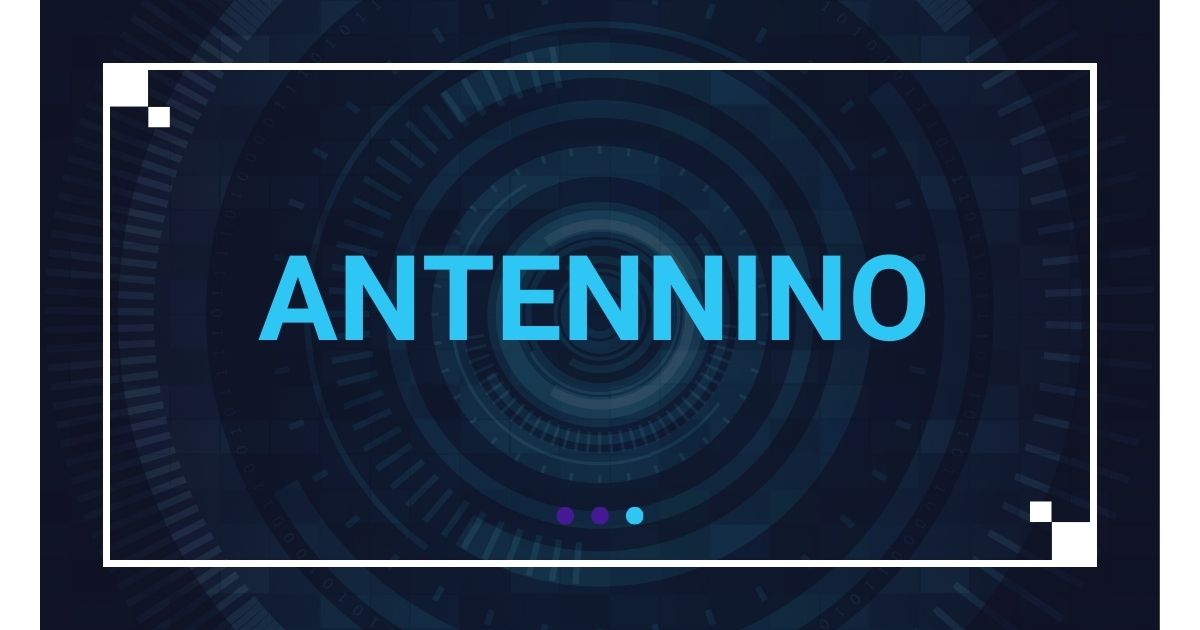Antennino is a compact, smart antenna system designed to facilitate wireless signal reception and transmission in both hobbyist and professional applications. Often favored by DIY enthusiasts and tech tinkerers, it’s an open-source project based on the ESP32 microcontroller, used for building wireless networks, enhancing IoT projects, or improving RF communication. It bridges the gap between low-power wireless systems and customizable antennas.
How Antennino Was Born
Antennino originated from a need to create a versatile and powerful antenna module that could be used in wireless experiments, IoT applications, and mesh network setups. Developed by makers for makers, the idea was to design a compact and scalable RF node that allows anyone to explore radio technologies with minimal barriers.
Core Components of Antennino
At its heart, Antennino uses an ESP32 or similar chip, supporting Bluetooth and Wi-Fi capabilities. It’s accompanied by radio modules like RFM69, RFM95 (LoRa), or NRF24L01 depending on the intended use. These components are mounted on a small PCB that supports modular antennas and power configurations, making the unit highly customizable.
Why Makers and Hobbyists Love Antennino
Antennino empowers creators by giving them control over signal manipulation, making it ideal for DIY weather stations, remote monitoring systems, and home automation projects. With a few lines of code and some hardware soldering, users can build everything from mesh networks to smart sensor clusters.
Integration with IoT Devices
Antennino fits naturally into the world of IoT. Its compatibility with MQTT, Home Assistant, and Node-RED makes it simple to integrate into existing smart home or industrial automation systems. By using wireless protocols like LoRa or Wi-Fi, Antennino can serve as the communication brain of a sensor node or relay station.
Antennino for Wireless Communication
The device excels in long-range, low-power communication. With modules like RFM95 (LoRa), users can achieve several kilometers of range in rural areas. This capability makes it ideal for agriculture, rural networking, and environmental monitoring projects where conventional Wi-Fi or cellular coverage may not reach.
Using Antennino with LoRa
LoRa (Long Range) is one of Antennino’s most powerful features. Its integration allows point-to-point or mesh networks with extremely low energy usage. For example, a LoRa-equipped Antennino node can send environmental data from a remote forest to a base station located miles away.
Open-Source Design Philosophy
Antennino is proudly open-source, meaning all design files, firmware, and instructions are publicly available. This openness invites collaboration, improvement, and widespread adoption. Developers can modify the PCB, tweak the firmware, or add new modules depending on project needs.
Firmware and Software Compatibility
Firmware development for Antennino is typically done through the Arduino IDE or PlatformIO. Code libraries for LoRa, Wi-Fi, and MQTT are well-supported, and the system is Arduino-compatible. With this, users can quickly adapt community libraries to build custom firmware tailored to their use case.
Mesh Networking Possibilities
Antennino’s flexibility makes it ideal for mesh networking—systems where multiple nodes communicate with each other without central control. This enables coverage in large or remote areas like farms, mountains, or disaster zones. Each Antennino unit can be programmed to act as a relay, strengthening the network.
Powering Antennino in the Field
Antennino supports a range of power sources, including USB, lithium batteries, and even solar panels. Its low-power consumption ensures long operation times, even in off-grid setups. This is critical for environmental monitoring stations or smart agricultural sensors in remote locations.
Custom Antenna Configurations
One standout feature is the ability to attach various antenna types based on project requirements. Whether it’s a helical antenna for directional signals or a whip antenna for broad coverage, Antennino’s SMA or u.FL connectors provide ultimate freedom in customizing signal reach and direction.
Antennino in Educational Projects
Schools and universities have embraced Antennino as a tool for learning about wireless systems, IoT, and embedded programming. Its affordability, open documentation, and compatibility with educational tools like Arduino make it a perfect fit for STEM projects and classrooms.
Security Considerations
Antennino can be programmed with secure communication protocols like AES encryption for LoRa, TLS for MQTT over Wi-Fi, and private key authentication. This makes it suitable even for sensitive applications like health monitoring or secure data logging.
Real-World Use Cases
From monitoring vineyard soil moisture to managing bee hives in rural zones, Antennino is proving its versatility. Some users have even deployed it for off-grid internet solutions or amateur satellite tracking, showcasing the system’s adaptability and technical strength.
Community and Documentation Support
Antennino thrives because of its active community. Forums, GitHub repositories, and instructional YouTube videos support users at every level. If you hit a roadblock, chances are someone’s already found a solution or is willing to help out.
Future Developments and Upgrades
The Antennino platform continues to evolve, with upcoming versions expected to support newer chips like the ESP32-S3, and additional protocol integrations like Zigbee or Matter. This continuous development ensures that Antennino stays relevant in an ever-changing tech landscape.
Cost-Effective Prototyping
Unlike commercial IoT platforms that can be costly and restrictive, Antennino allows rapid prototyping on a budget. Makers can test, deploy, and refine systems with minimal financial risk, which is especially beneficial for startups or student-led tech initiatives.
Environmental Impact and Sustainability
Because of its support for solar panels and low-energy operation, Antennino supports environmentally sustainable projects. Whether you’re tracking forest growth or optimizing irrigation, it helps reduce power consumption and supports green tech efforts.
Conclusion
Antennino is more than just an antenna module—it’s a robust, flexible, and open-source toolkit for exploring wireless communication. Whether you’re a beginner interested in IoT or a professional building industrial networks, this tiny device offers powerful capabilities in a compact form. Its affordability, community support, and versatility make it a game-changer for wireless experimentation.
FAQs
Can Antennino be used without programming knowledge?
Basic programming knowledge is helpful, especially with Arduino, but many ready-to-use firmware examples are available.
What is the maximum range of Ante’nnino?
With LoRa modules, Antennino can reach several kilometers in open areas, depending on the antenna and environment.
is Ant’ennino compatible with Raspberry Pi?
Yes, Ant’ennino can communicate with Raspberry Pi over serial or network interfaces, making them ideal teammates.
Can I use Anten’nino for commercial applications?
Absolutely. Many commercial IoT deployments use Antennino thanks to its open-source license and flexible design.
Where can I buy or build an Ant’ennino?
You can build one from open-source plans on GitHub or buy pre-assembled boards from online hobby electronics stores.











